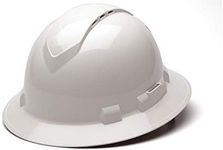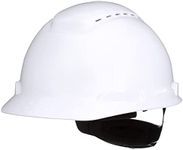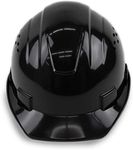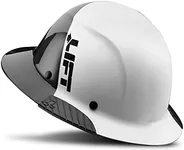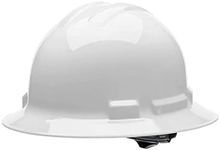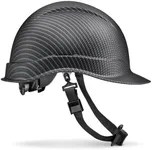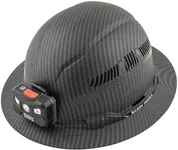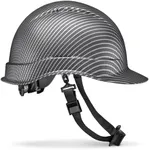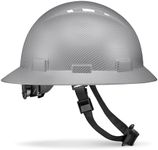Buying Guide for the Best Lightweight Hard Hat
Choosing the right lightweight hard hat is crucial for ensuring safety and comfort while working in environments where head protection is necessary. A lightweight hard hat can help reduce fatigue and increase productivity, but it's important to consider several key specifications to find the best fit for your needs. Here are the key specs to consider and how to navigate them.MaterialThe material of a hard hat determines its durability, weight, and level of protection. Common materials include high-density polyethylene (HDPE), fiberglass, and aluminum. HDPE is lightweight and affordable, making it a popular choice for general use. Fiberglass offers higher impact resistance and is suitable for more demanding environments. Aluminum is lightweight and provides good protection but can be more expensive. Choose a material based on the level of protection you need and the type of work you do.
WeightThe weight of a hard hat is a critical factor for comfort, especially during long hours of wear. Lightweight hard hats typically weigh between 10 to 14 ounces. A lighter hard hat reduces neck strain and fatigue, making it ideal for prolonged use. However, ensure that the lightweight design does not compromise the level of protection required for your specific job. Consider the balance between weight and safety features when making your choice.
Suspension SystemThe suspension system inside the hard hat affects how well it fits and how comfortable it is to wear. There are different types of suspension systems, such as pin-lock, ratchet, and touch suspension. Pin-lock systems are adjustable but may not offer the same level of comfort as ratchet systems, which allow for easy adjustment with a dial. Touch suspension systems provide a quick and secure fit. Choose a suspension system that offers a secure fit and comfort for your head size and shape.
VentilationVentilation is important for keeping your head cool and comfortable, especially in hot working conditions. Some hard hats come with built-in vents to allow air circulation. If you work in a hot environment or tend to sweat a lot, look for a hard hat with good ventilation features. However, ensure that the vents do not compromise the hard hat's protective capabilities.
CertificationHard hats must meet specific safety standards to ensure they provide adequate protection. Look for certifications such as ANSI/ISEA Z89.1 in the United States or EN 397 in Europe. These certifications indicate that the hard hat has been tested and meets the required safety standards. Always choose a hard hat that is certified for the type of work you will be doing to ensure maximum protection.
AdjustabilityAdjustability features allow you to customize the fit of the hard hat for maximum comfort and security. Look for hard hats with adjustable headbands, chin straps, and height settings. A well-adjusted hard hat stays in place and provides better protection. Consider how easy it is to adjust these features and whether they can be done quickly while wearing gloves or other protective gear.
Additional FeaturesSome hard hats come with additional features such as built-in earmuffs, face shields, or accessory slots for attaching lights or other equipment. These features can enhance the functionality of the hard hat and provide added convenience. Consider what additional features you might need based on your specific job requirements and choose a hard hat that offers those options.

